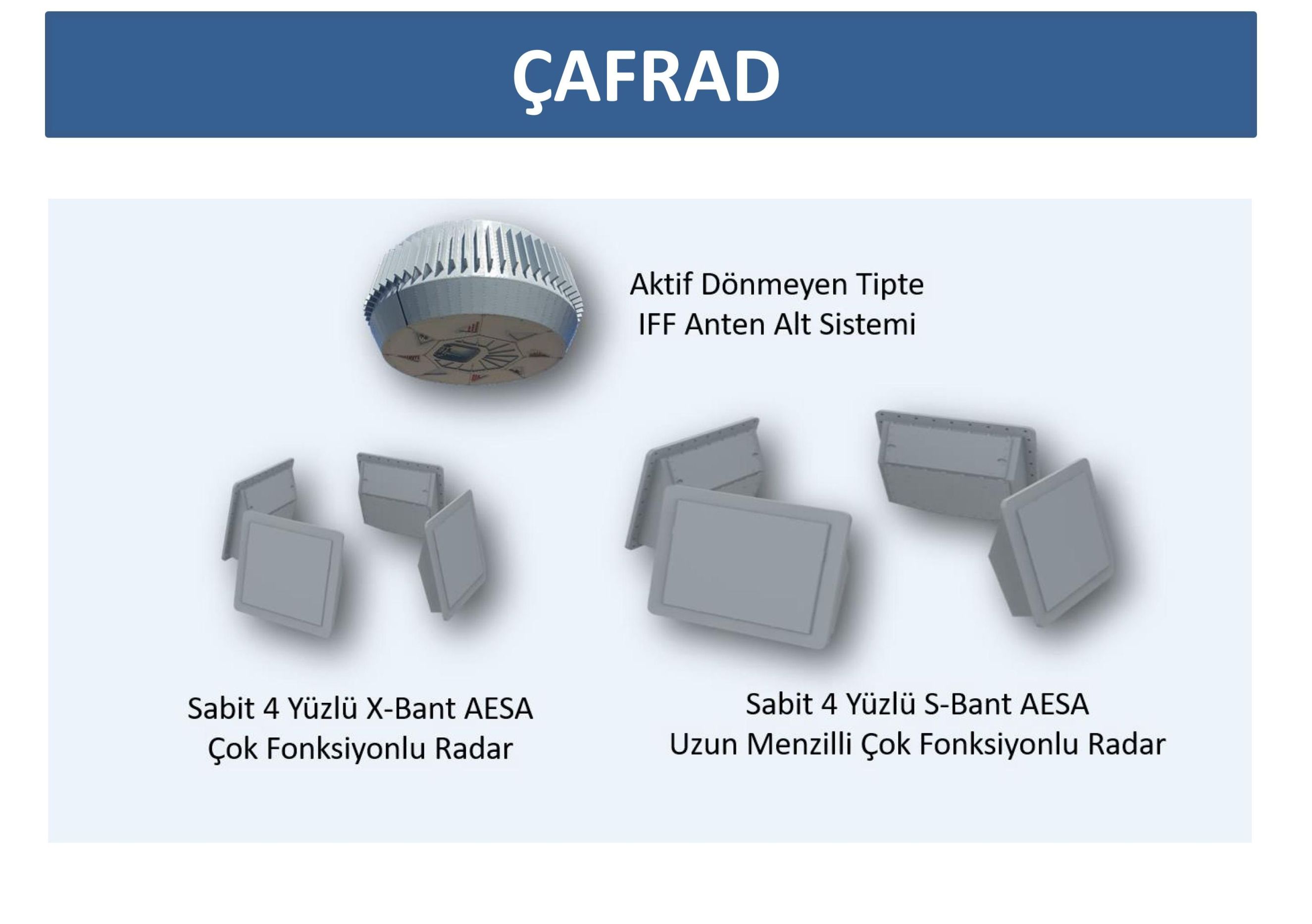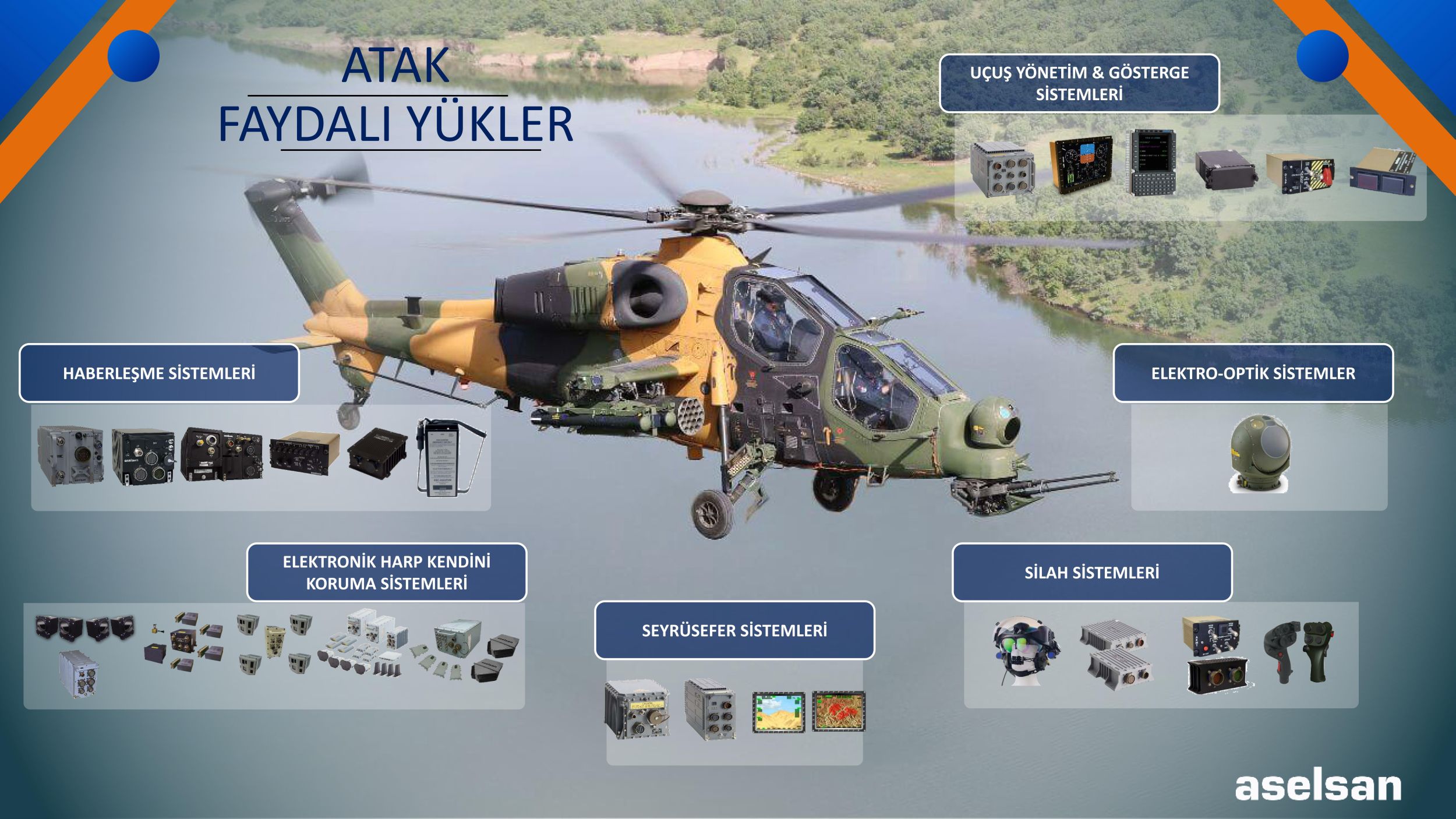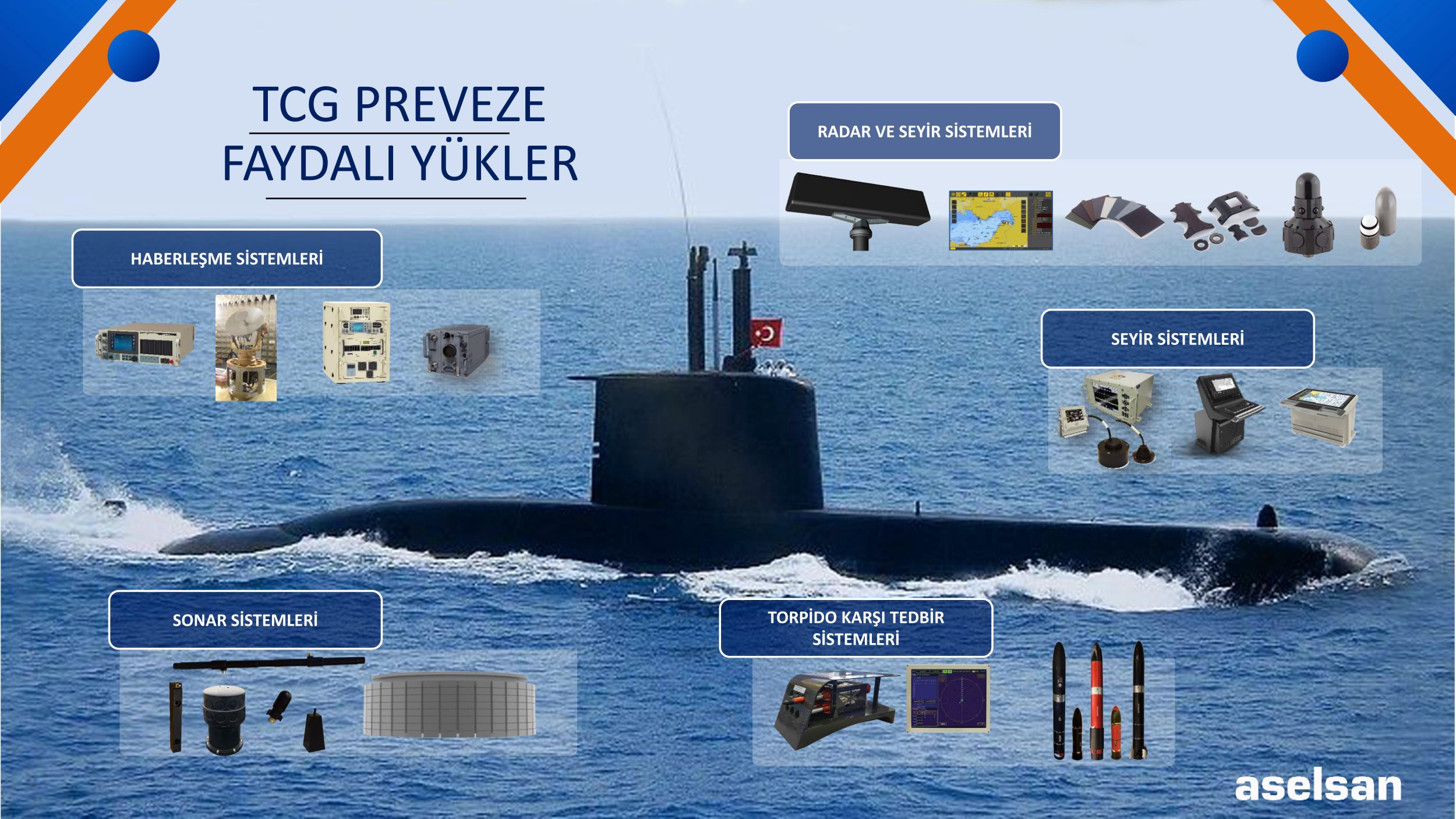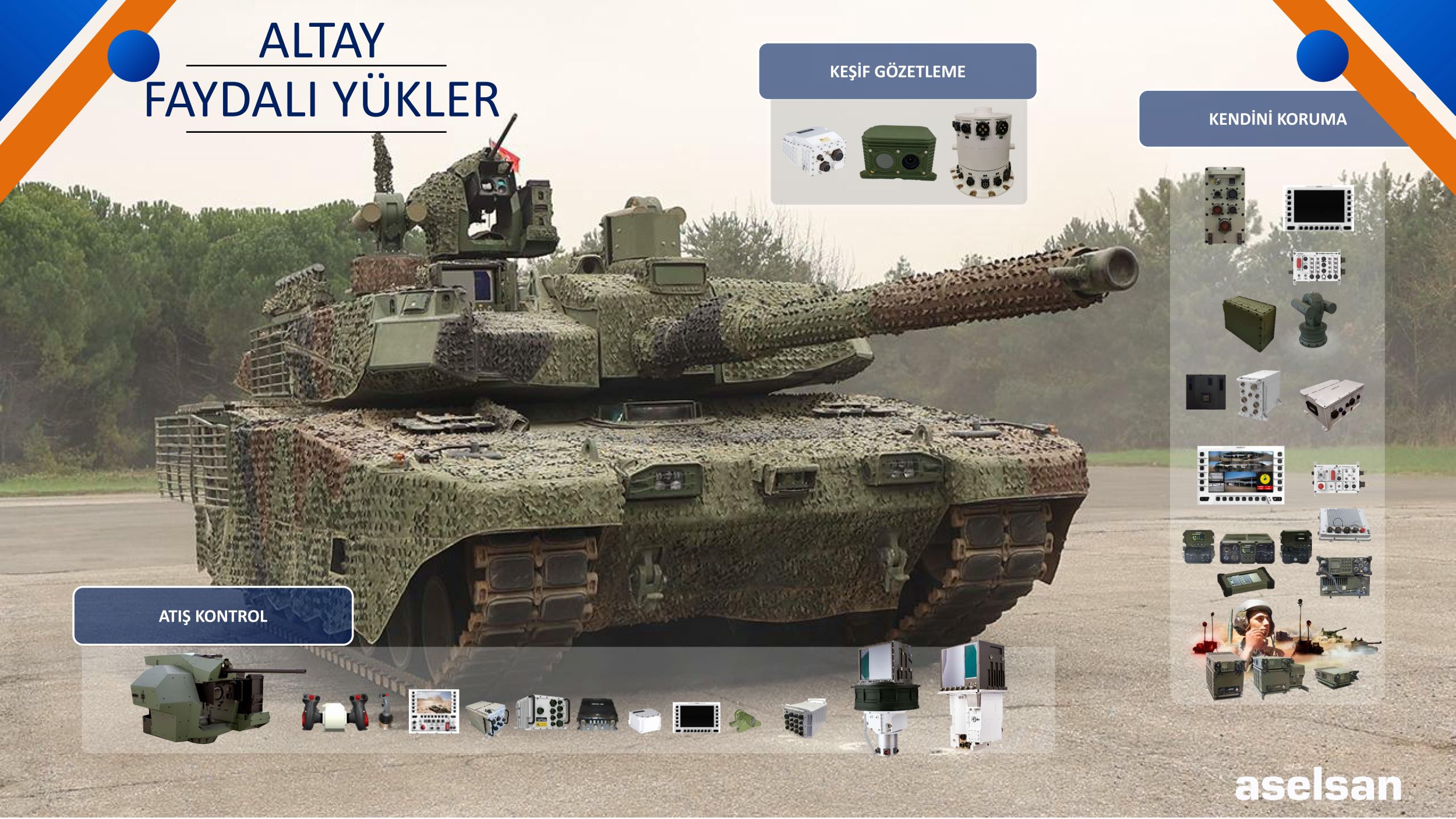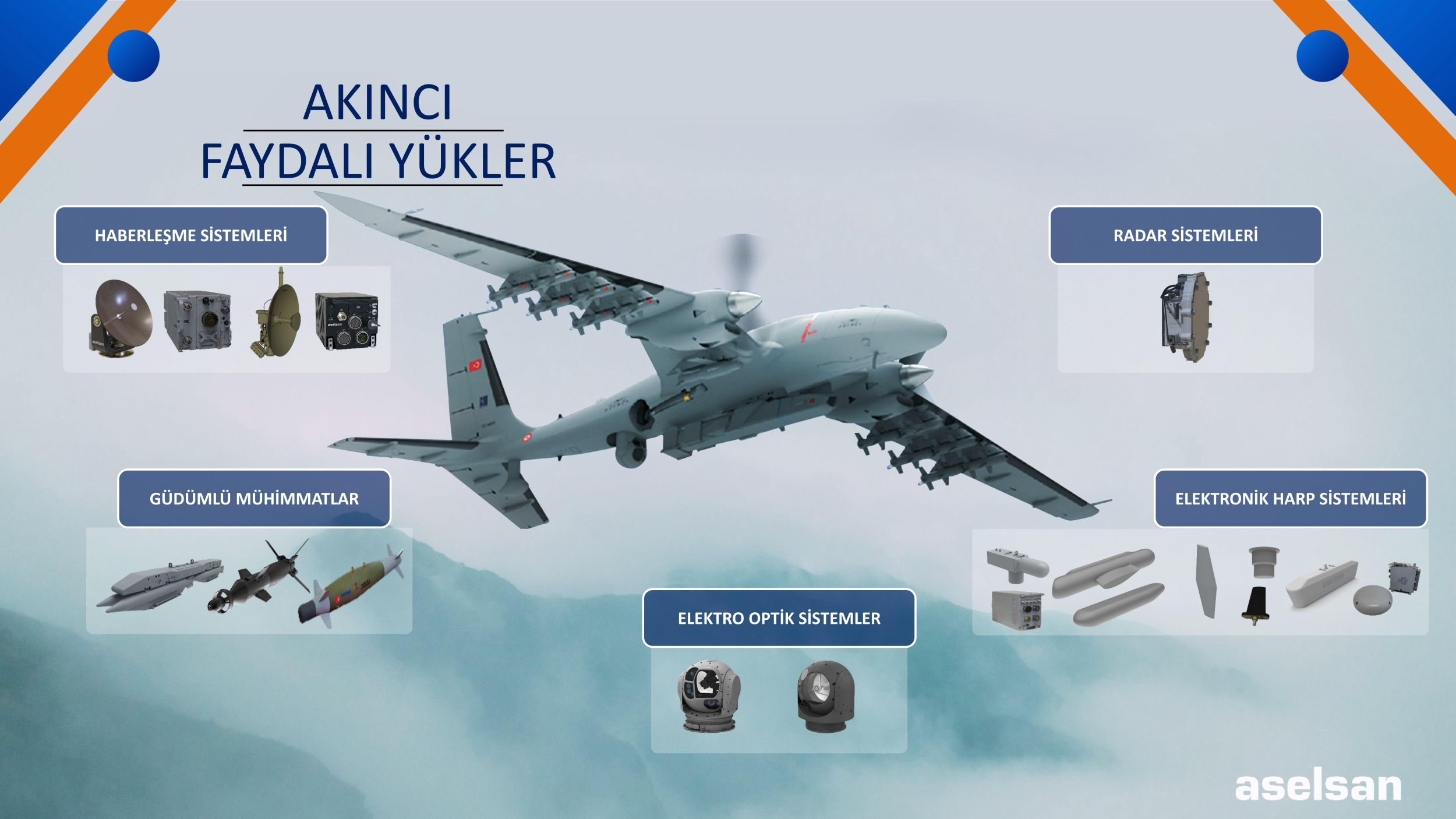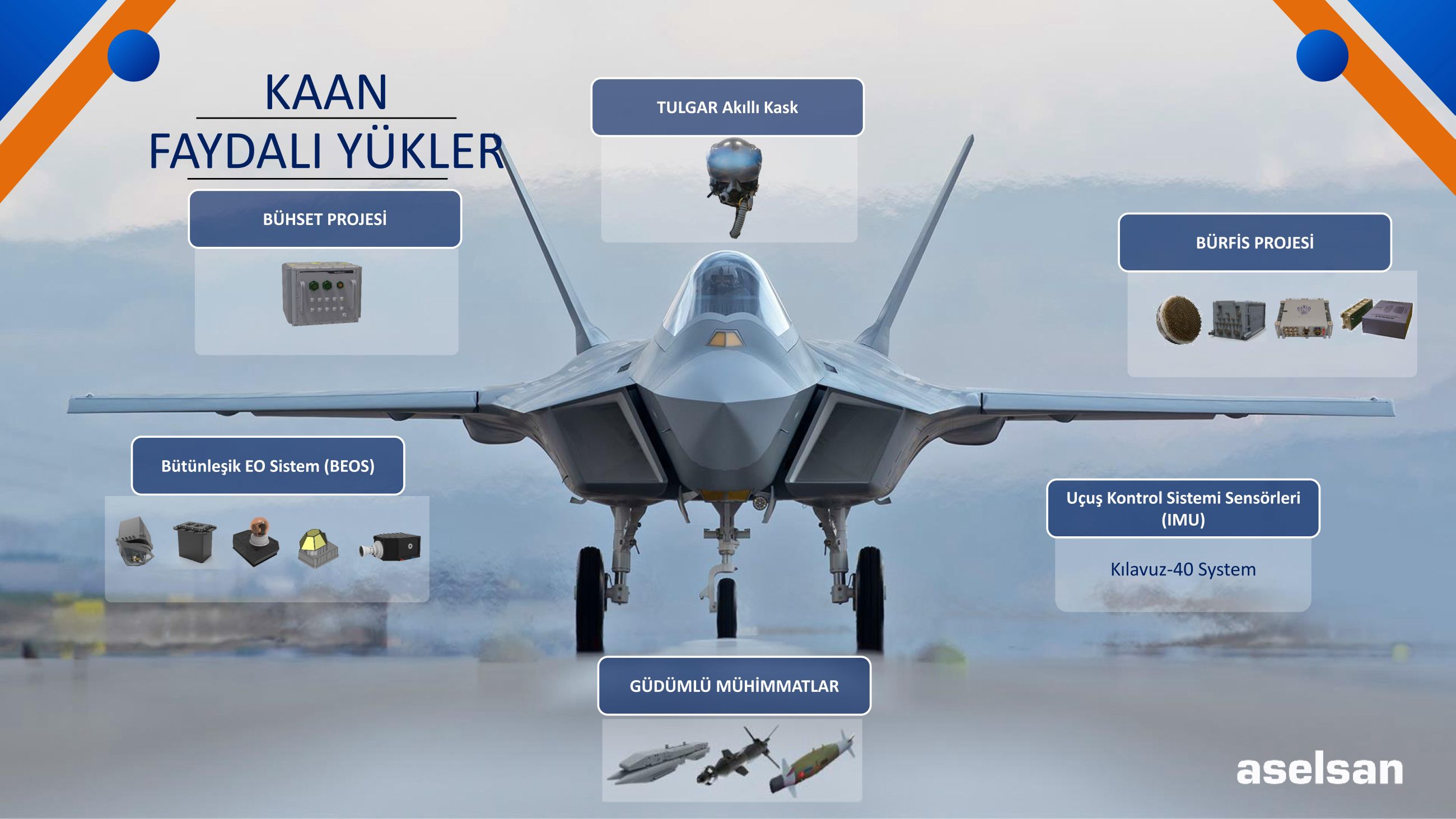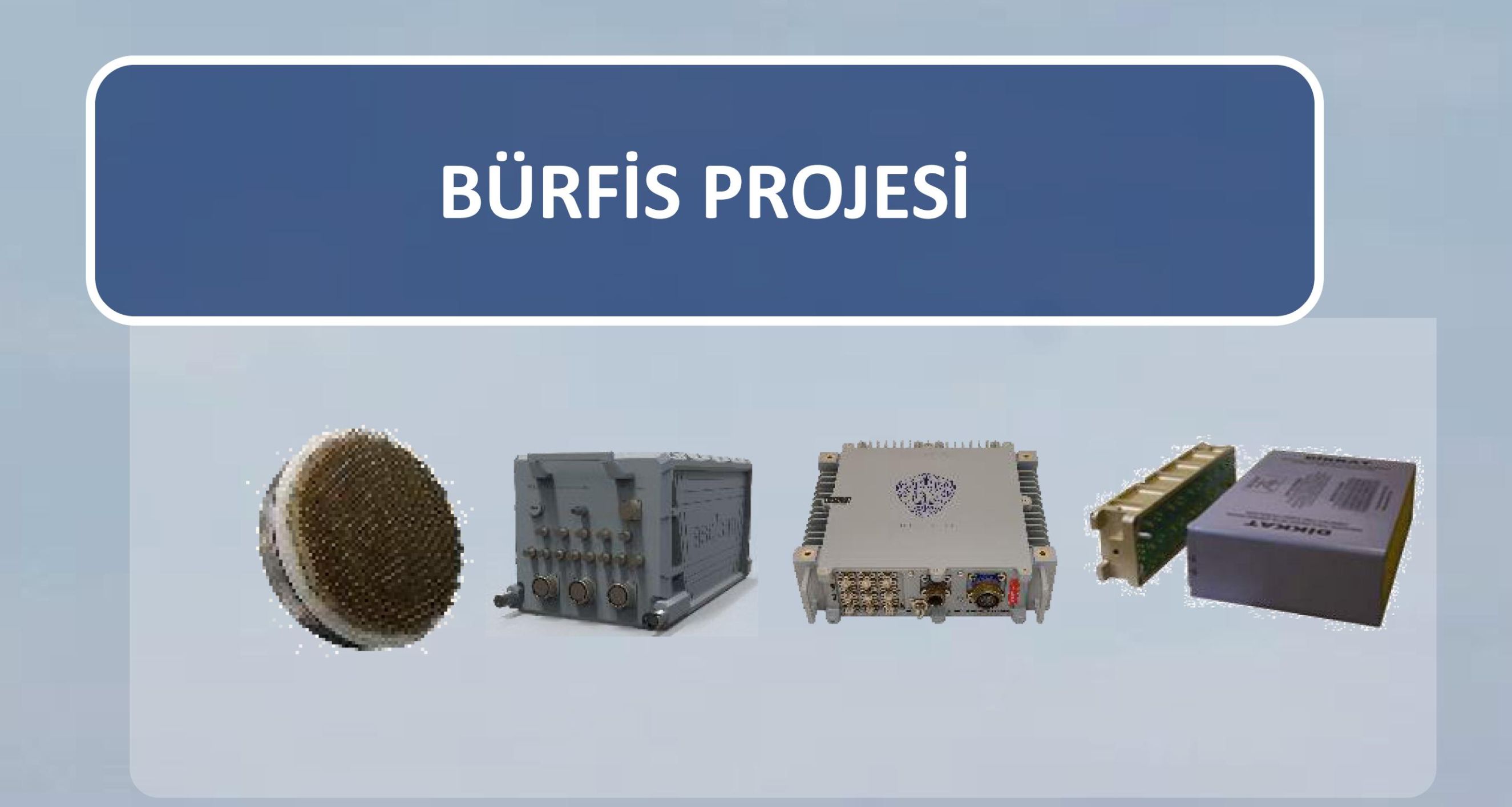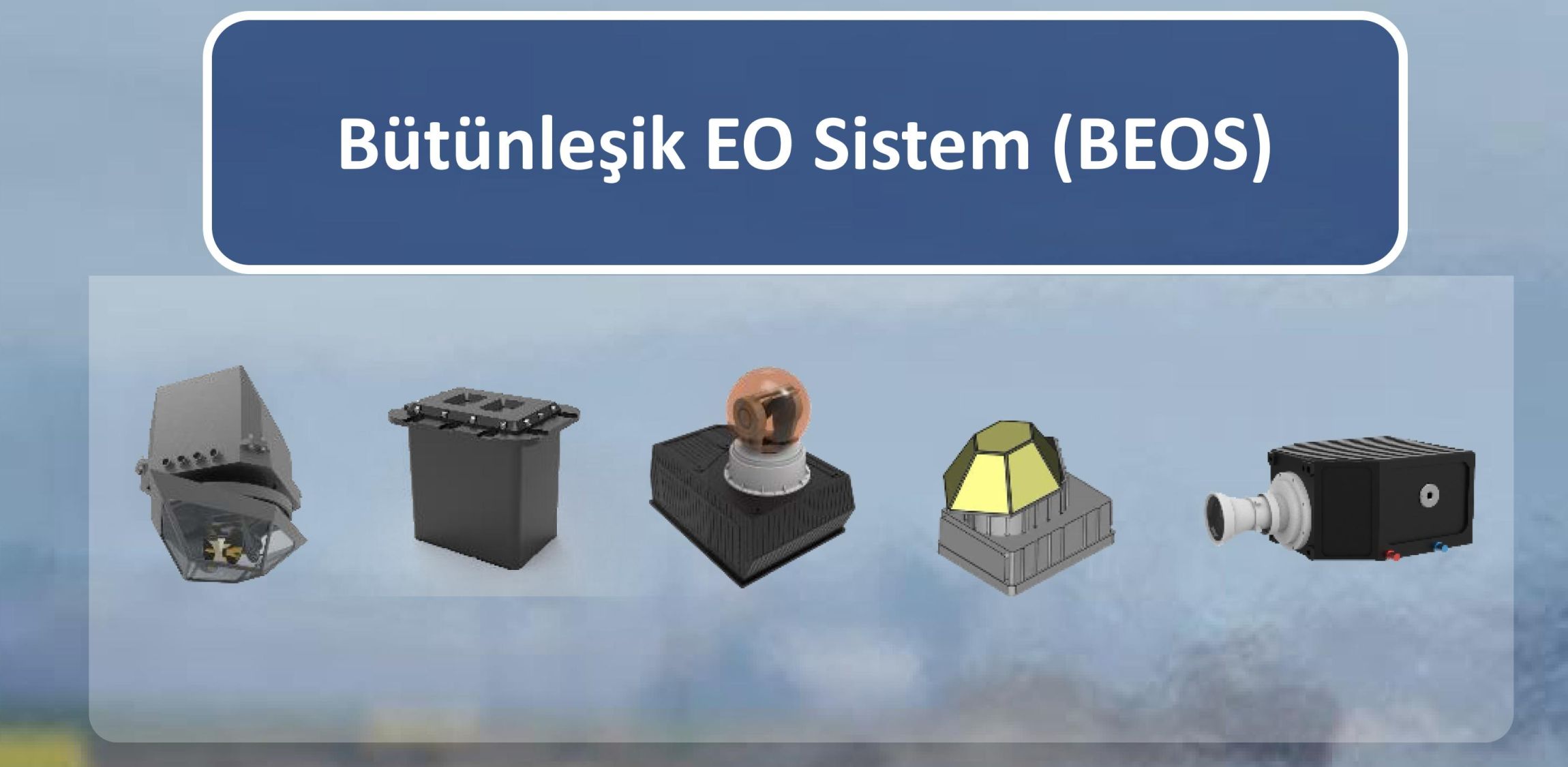Latest Thread
You are using an out of date browser. It may not display this or other websites correctly.
You should upgrade or use an alternative browser.
You should upgrade or use an alternative browser.
New investments.
Photon Detector and Nanotechnology Facility Investment (new clean rooms to scale up production)
Radar System Integration and Production Automation Centre Investment (dark Factory investment to scale up radar production)
Defense System Technologies Production and Test Facility Invenstment (It is to scale up production and modernization related to big platforms like tanks, SPHs, ship and air defense systems)
View attachment aselsan.jpg
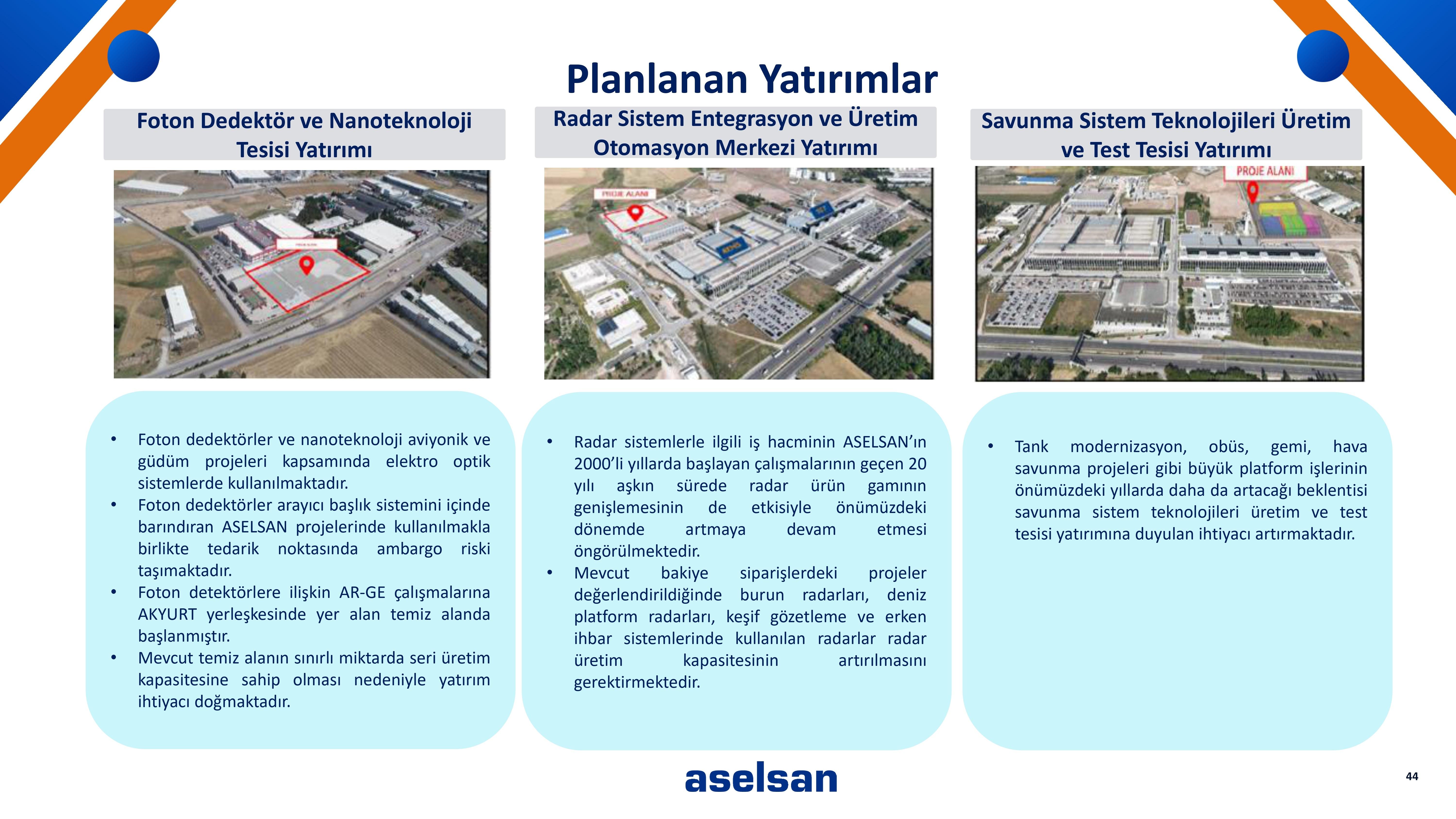
Photon Detector and Nanotechnology Facility Investment (new clean rooms to scale up production)
Radar System Integration and Production Automation Centre Investment (dark Factory investment to scale up radar production)
Defense System Technologies Production and Test Facility Invenstment (It is to scale up production and modernization related to big platforms like tanks, SPHs, ship and air defense systems)
View attachment aselsan.jpg

Last edited:
TULGAR prototype, hooked up to a simulation environment for testing.


Last edited:

The production line established for the production of radar seeker heads at ASELSAN's Gölbaşı Campus start operating.
Radar seeker heads for Siper and Hisar air defense Göktuğ air-air and Atmaca anti-ship missiles will be produced
In the building where the new line is located, assembly and testing of the products can be carried out in the same place.
Alas, China uses robots to do this.
The production line established for the production of radar seeker heads at ASELSAN's Gölbaşı Campus start operating.
Radar seeker heads for Siper and Hisar air defense Göktuğ air-air and Atmaca anti-ship missiles will be produced
In the building where the new line is located, assembly and testing of the products can be carried out in the same place.
China made a bs claim, shared a video showing absolutely nothing and people still believe them.Alas, China uses robots to do this.
It’s cheap propaganda.
We can be skeptical but we know that it is also possible. Even humanoid robots are on the verge of becoming real. Looking at levels of automation in other fields if they want to go to that extents in one field they can do it but there is a multitude of weapons to make and going to full automation for one kind of weapon which is a stoppable one must be very costly. But if they have the money why not.China made a bs claim, shared a video showing absolutely nothing and people still believe them.
It’s cheap propaganda.
{#ElectroOptical}
ASELSAN LIAS-100D Laser Warning Receiver System protects naval platforms against laser threats. Capable of detecting and tracking multiple laser threats simultaneously, the LIAS-100D ensures a short reaction time for countermeasure systems to be automatically triggered.
ASELSAN LIAS-100D Laser Warning Receiver System protects naval platforms against laser threats. Capable of detecting and tracking multiple laser threats simultaneously, the LIAS-100D ensures a short reaction time for countermeasure systems to be automatically triggered.
BaburKhan
Contributor
- Messages
- 530
- Nation of residence
-

- Nation of origin
-


Turkish Army Receives ASELSAN's MİLKAR Jammers | TURDEF
Turkish Defence Ministry (MOD) stated that ASELSAN's Portable Electronic Attack System (MILKAR) inspection and acceptance activities have been completed.
In the air, on land, at sea, ASELSAN’s radar technologies are always on duty.
Thanks to ASELSAN, Türkiye is now one of few countries that can manufacture state of art 'Radio Detection And Ranging' sensors in various scales and types. If you were keeping tab on Aselsan since 2010, you gotta admit it's been a spectacular journey.
China's very bold claim on new radar
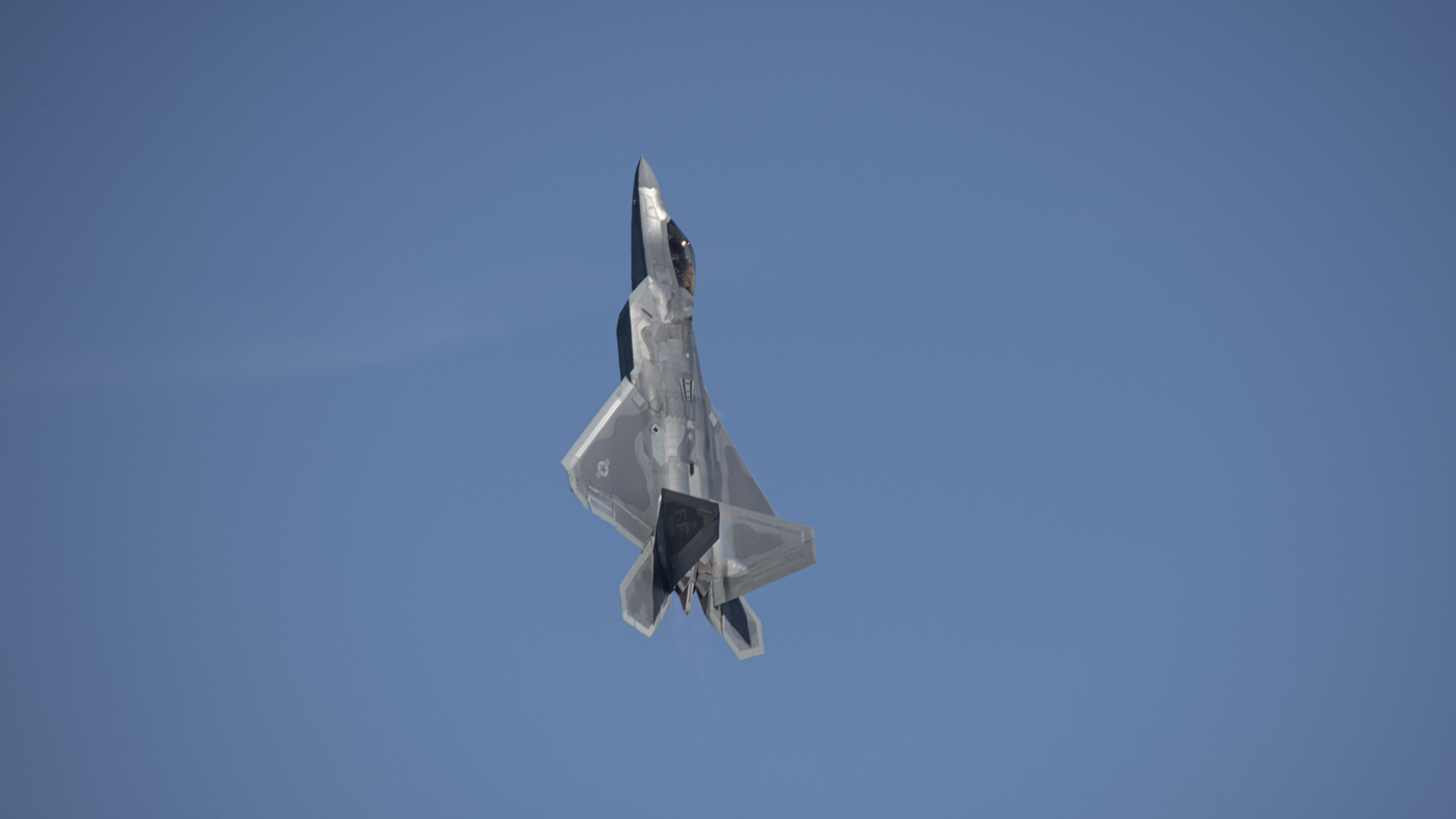
 interestingengineering.com
interestingengineering.com

China claims new radar can spot US’ stealthy F-22s 65,000 times better
China claims its new radar technology can easily detect the F-22 stealth fighter, challenging the air superiority of the US.
China's very bold claim on new radar

China claims new radar can spot US’ stealthy F-22s 65,000 times better
China claims its new radar technology can easily detect the F-22 stealth fighter, challenging the air superiority of the US.interestingengineering.com
The reality is, PRC government nor the PLA officially made any such claim. Some researchers in a paper talking about a concept, not an actual thing.
EJDERHA can remotely stop all kinds of civil/military vehicles and air targets containing electronic circuits that can be classified as threats in the tactical field and facility entrance-exit areas, with electromagnetic signals.
EJDERHA creates a distinctive solution for convoy protection/deployment activities with new generation technologies.
The system, which can be integrated into tactical wheeled armored/tracked vehicles, can be controlled both manned and unmanned (via remote command).
View attachment 61625
ASELSAN exhibited the electronic warfare system EJDERHA at the IDEF 2023 fair.
ASELSAN General Manager Ahmet Akyol shared the latest test images of EJDERHA in his presentation within the scope of SAHA MBA Senior Bureaucrat and Sector Leaders Training.
Developed for the Land Forces Command and security forces, EJDERHA will be able to remotely stop any civil/military vehicle containing electronic circuits with electromagnetic signals.
ASELSAN EJDERHA will make a difference in electronic warfare
EJDERHA, produced by ASELSAN, can emit high-power electromagnetic (EM) radiation for a limited time, via a single pulse or a series of pulses, using a specially designed directional antenna/reflector set. Electromagnetic energy produced by High Power Microwave sources is used to prevent the targeted electronic devices from working, to cause them to malfunction, or to damage them and render them inoperable.
EJDERHA can remotely stop all kinds of civil/military vehicles and air targets containing electronic circuits that can be classified as threats in the tactical field and facility entry-exit areas, with electromagnetic signals. This will deal a blow to the use of improvised explosive devices, drones or electronic systems frequently used by terrorist organizations.
In addition, EJDERHA creates a distinctive solution for convoy protection/deployment activities with new generation technologies. The system, which can be integrated into tactical wheeled armored/tracked vehicles, can be controlled manned and unmanned (via remote command). In this way, a rich usage scenario is presented under field conditions.
#SEIRS Fixed Early Warning Radar System provides reliance with its superior capabilities and the most advanced technologies.
#ASELSAN
#ASELSAN
Nobody has any idea about the range, good.#SEIRS Fixed Early Warning Radar System provides reliance with its superior capabilities and the most advanced technologies.
#ASELSAN
1000km instrumental rangeNobody has any idea about the range, good.


